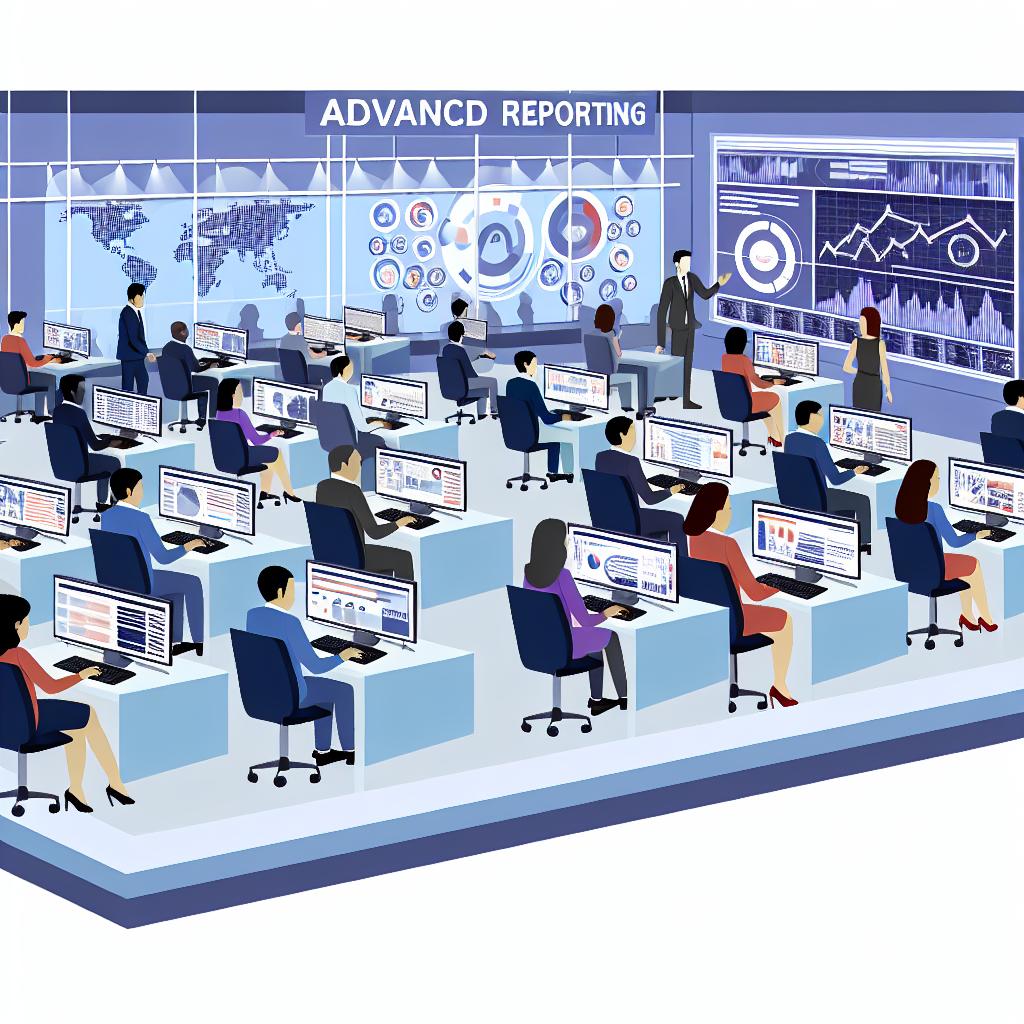Could you explain how Google works, as well as its history in five minutes or less? With the right presentation you could, like the one made by former Google CEO Eric Schmidt. It has only 54 slides and it takes you from A to Z of Alphabet (Google's parent company). Even very complex concepts can be easily understood if you use the right method to report them. But one size doesn’t fit all. You need options when designing your reports. Here are five advanced reporting options for enterprise risk management (ERM) software.
1. Dashboards
Effective dashboards are central to your ERM software reporting because they serve as multifaceted information hubs that are easy to navigate. The best dashboard systems provide you with the ability to:
- Monitor quality assurance results using your desired metrics
- Construct organizational heat maps
- Download the dashboard you create as a PDF
For example, you can use a dashboard to gain a detailed overview of the rules and functions of different people on your risk management team. You can also program in the ability to click on different areas to get more detailed information about what each person does. This kind of interactive report allows you to include a rich, diverse array of information that makes it easy for anyone using it to get as granular as they’d like.
2. Custom Reports
If your reports are customizable, you can adjust them for different audiences. This gives you the freedom to accommodate various learning styles and combinations of visual and text data, as appropriate.
You can also set up templates for certain types of reports, adjusting their settings so they prioritize the most important information. In addition, your reports can automatically incorporate new information from across your organization. Your ERM software can populate any necessary fields on your behalf, so you have the most up-to-date data possible.
3. Template-Based Excel Reports
With template-based Excel reports, you can unify several reports, combining all of their information into one Excel instance. In this way, your ERM software can:
- Use one main sheet to reference data spread throughout other sheets
- Choose how you want the data you import to excel organized, including which sheet's reports go to and how many
- Use Excel expressions, code, and macros to work with the information in the reports you import in
This functionality is especially helpful when you haven’t yet developed custom reports. By using Excel as a destination point for your report data, you give committee members and others the information they need in a familiar, workable format.
4. Simplified Reporting with Menu Display Options
With the right ERM software, you can choose your preferred display option by simply selecting it from a straightforward menu. This enables you to present the same data using different visual elements, according to what works best for your audience.
For example, if you’re presenting to a large audience in a big room with a single screen, a node diagram may be more effective than a detailed table. In this way, you can help people better visualize how different elements are interconnected, regardless of how far away from the screen they happen to be sitting.
You also have the option of creating custom pivot tables that automatically collect and calculate the data you need to make compelling reports. Because pivot tables can be created much faster than manual ones, anyone using your ERM software can save valuable time. Also, adjustments to pivot tables are straightforward and quick, which makes your reporting much more flexible and convenient.
In addition, your ERM software can also enable you to filter the different options each end-user gets. This can make the process of creating reports far faster and simpler for each individual.
5. Publishing Engine
With a publishing engine, you can publish all of your standards and policies, providing stakeholders with access to your most important documents. You can also automate your publishing system so that people are notified anytime a new version of a report is produced.
Although you can choose the kind of information you want shared with your publishing engine, here are some typical examples that prove useful to risk management teams:
- Business continuity plans
- Data management and storage strategies
- Application management and development
- Communications standards for international organizations
- Security and cybersecurity protocols
- Resiliency and business continuity strategies
- Reviews of employee surveys
For instance, you can use these and other kinds of information to publish guidelines and standards for your company, as well as internal and external compliance requirements.
Ventiv’s Enterprise Risk Management Software provides you with reporting capabilities for creative, convincing reports. Whether you want to generate a simple policy report or one that breaks down a many-tiered, complex risk management strategy, Ventiv’s tools make the creation process straightforward. To see the potential of Ventiv’s ERM software for your organization, schedule a demo today.







